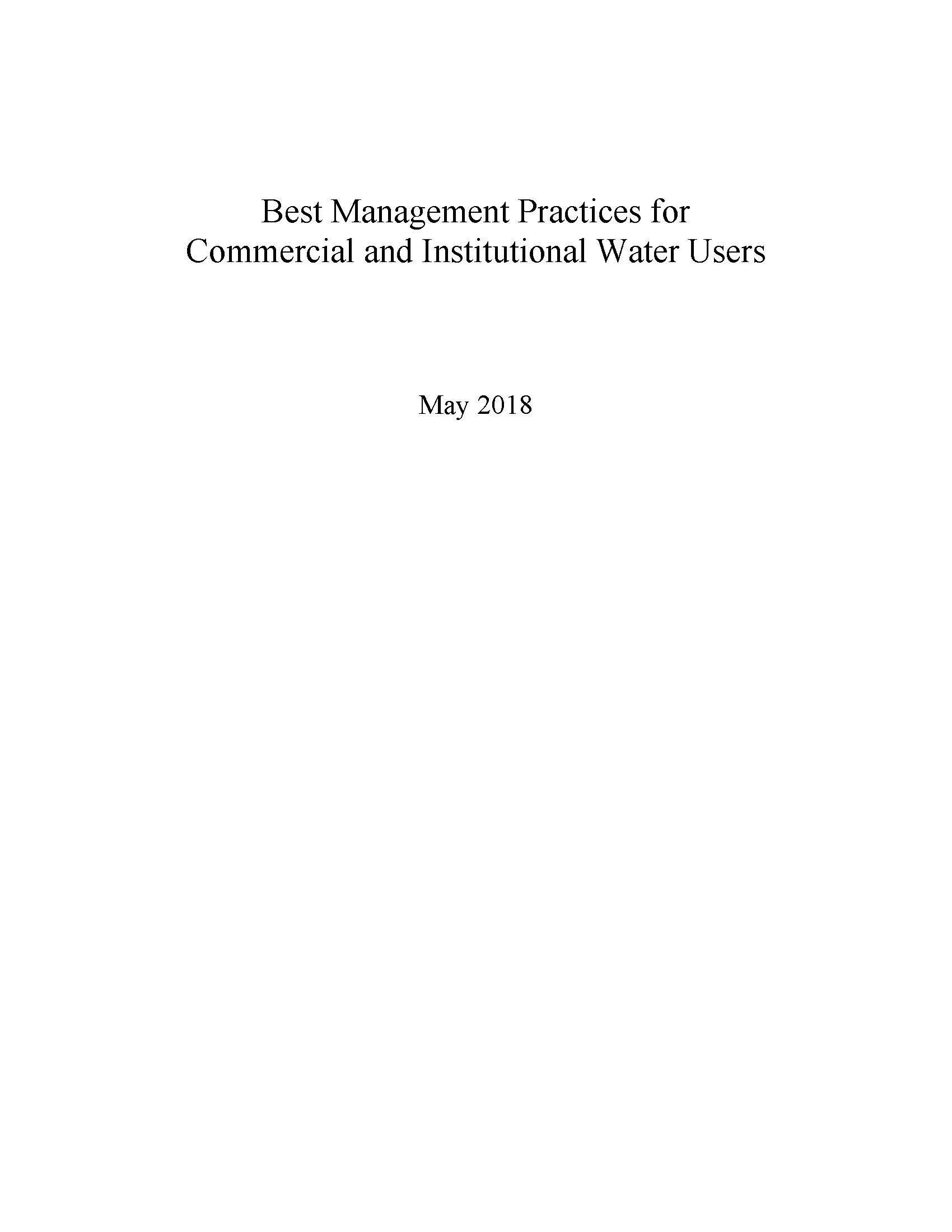The Ogallala Aquifer has experienced a continuous decline in water levels due to decades of irrigation pumping with minimal recharge. Corn is one of the major irrigated crops in the semi-arid Northern High Plains (NHP) of Texas. Selection of less water-intensive crops may provide opportunities for groundwater conservation. Modeling the long-term hydrologic impacts of alternative crops can be a time-saving and cost-effective alternative to field-based experiments. A newly developed management allowed depletion (MAD) irrigation scheduling algorithm for Soil and Water Assessment Tool (SWAT) was used in this study. The impacts of irrigated farming, dryland farming, and continuous fallow on water conservation were evaluated. Results indicated that simulated irrigation, evapotranspiration, and crop yield were representative of the measured data. Approximately 19%, 21%, and 32% reductions in annual groundwater uses were associated with irrigated soybean, sunflower, and sorghum, respectively, as compared to irrigated corn. On average, annual soil water depletion was more than 52 mm for dryland farming scenarios. In contrast, only 18 mm of soil water was lost to evaporation annually, for the long-term continuous fallow simulation. The fallow scenario also showed 31 mm of percolation for aquifer recharge.
Read MoreThe purpose of this guide is to provide best management practices and technologies that can help reduce water and wastewater costs while conserving our state’s most precious resource.
Read MoreThis report provides an assessment of agricultural and municipal water conservation issues; conservation efforts by the Texas Water Development Board, the Texas State Soil and Water Conservation Board, and municipalities receiving financial assistance; a discussion of future conservation needs; an analysis of programmatic approaches and funding for additional conservation efforts; an assessment of existing statutory authority changes and whether changes are needed to more effectively promote and fund conservation projects; and an assessment of the TWDB’s Agricultural Water Conservation Program.
Read MoreThis report describes the results of a ten-year project to enable advances in the knowledge and practice of water saving technologies and management techniques in the agricultural sector.
Read MoreThis pamphlet describes agricultural water conservation in Texas and provides resources and maps.
Read MoreThis brochure describes ways that agricultural water users in Texas manage water use during drought.
Read MoreThis brief summarizes the need for and approaches to policy and educational programming on the importance of municipal, agricultural, and industrial water conservation.
Read MoreThis brief summarizes the need for and approaches to agricultural irrigation conservation.
Read MoreThe Great Plains region of the United States is characterized by a significant dependence on agriculture; specifically irrigated agriculture. The regional economic dependence on irrigated agriculture and the decline of the Ogallala Aquifer due to agricultural pumping have been much of the basis for the relatively recent governmental interest in developing policy alternatives for conserving water in the aquifer. The objectives of this study were to analyze and evaluate the outcomes of specified water conservation policy alternatives on the Ogallala Aquifer underlying the Southern High Plains of Texas and Eastern New Mexico using non-linear optimization models. Results indicate that due to varying land use and hydrologic conditions in the Ogallala Aquifer, blanket water conservation policies will likely be inefficient.
Read MoreThe design of institutions that maximizes water’s beneficial use in the face of growing demands for scarce andrand om supplies is the central policy issue in dry places. Information on water’s economic value enables decision makers to make informed choices on water development, conservation, allocation, and use when growing demands for all uses are made in the face of increased scarcity. Conceptually correct and empirically accurate estimates of the economic value of water are essential for rational allocation of scarce water across locations, uses, users, andtime periods. This review article raises several issues that must be considered in deriving accurate estimates of the economic value of water. These include establishing common denominators for water values in quantity, time, location and quality; identifying the point of view from which values are measured; distinguishing the period of adjustment over which values are estimated; and accounting for the difference between total, average, and incremental values of water. We llustrate values of water for agricultural use, based on a recent drought policy analysis of the Rio Grande Basin.
Read More









